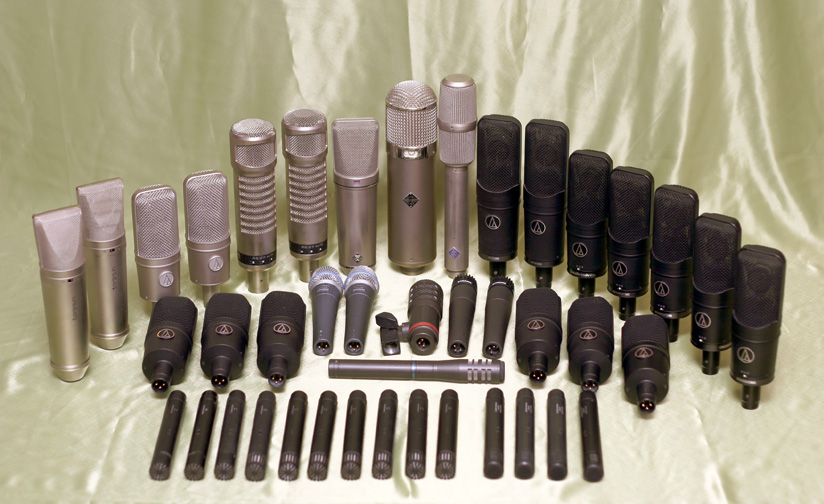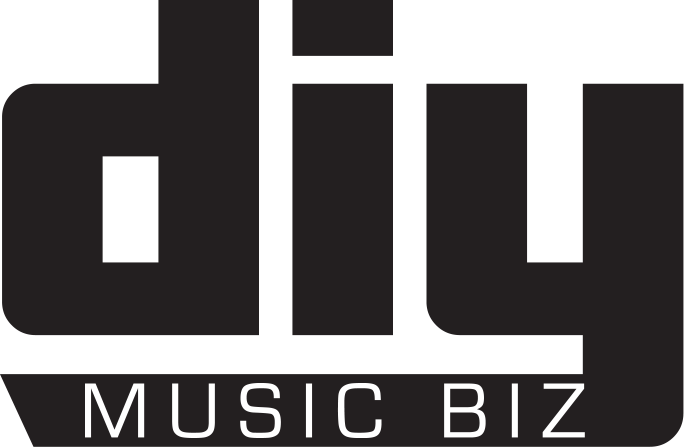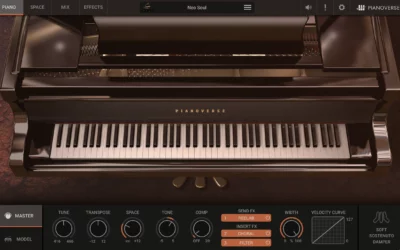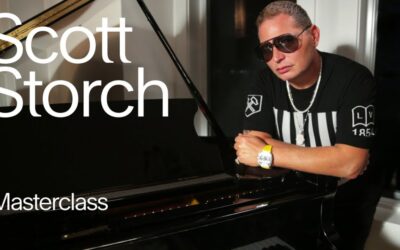In this post, we’re going to talk about Condenser vs Dynamic Microphones, what they do, and which to use for which application(s).
Now in case you didn’t know, microphones play a vital role in music production by capturing accurate and detailed sounds. They are crucial for recording voices, instruments, and other audio elements, allowing for precise mixing, mastering, and sharing of music within a digital audio workstation (DAW).
Condenser Microphones and Dynamic Microphones
While shopping for microphones, you’ll run into 3 main types: Small Diaphragm, Large Diaphragm microphones, and dynamic microphones.
These are the most common microphones you’ll find in any recording studio you walk into. In many cases, you’ll find multiple condenser and dynamic mics in recording studios.
Condenser mics have a really good frequency response and have the ability to reproduce sound accurately in its purest form.
Condenser mics can be pretty expensive depending on what brand you shop for and its features. These days, with the advancements in technology, there is now a good mic in every price range.
Dynamic microphones are more rugged and are found in a live room. This is where drums and acoustic instruments are set up.
We’ll go more in depth into the difference between all 3
Large Diaphragm Condenser Mics
Large condensers are popular because they are good for vocals and any instrument where low frequency information is present. Another great thing about large condenser mics is they add a little warmth and body to the recordings.
Make sure you use a good pop filter when recording vocals because this mic is very sensitive to transient sounds (sometimes called plosives) such as P’s and B’s or any type of sound that puffs air forward. Without the pop filter, you will have horrible sounding recording sessions.
Here are a few large diaphragm mics I recommend: Rode N1-A, Behringer B2, Blue Spark, Studio Projects B3
Small Diaphragm Condenser Mics
These mics have a fast transient response (ability to reproduce little sounds) and are great for picking up details in recordings. In vocal recordings, this mic will pick up everything from lip-smacking of your lips to your tongue hitting the roof of your mouth and your teeth during a recording.
With stringed instruments, it’ll pick up great finger slides, accidental finger slides, light deck hits, and other natural random sounds. One downside to small condenser mics is their sensitivity to loud sounds. Too loud of a sound fed into the condenser can ruin it.
Here are a few condenser mics I suggest: Shure SM57, Sterling Audio ST33, and Oktava MK-012.
Dynamic Microphones
Dynamic mics are built like tanks compared to condensers. You can throw them, drop them, throw them into traffic, and they’d still work. The most popular dynamic mics are Shure’s SM58 and SM57 models, and any band who’s touring has at least 5-6 of these bad boys with them at all times.
They are excellent all-around mics for both studio and live stage performances and shine when it comes to recording vocals as well as instruments.
The best thing about a dynamic mic is it doesn’t require any additional powering (unlike the condenser mic). Dynamic microphones do have a more limited frequency response compared to the condensers making them less likely to be overloaded by a loud sound, and lastly, they are not as accurate when it comes to sound reproduction.
Keep in mind there are some dynamic mics that are better than others. I always like to go down to my local music store and try them out. They won’t allow you to test a mic out of the box, but the mics on display are another story.
Here are some mics I’ve used and personally recommend: SM58 and Audix OM5.
Condenser Microphones vs. Dynamic Microphones: The Pros and Cons
Let’s go through some of the pros and cons of condenser and dynamic microphones
Condenser Mics
Pros
1. Detail and Sensitivity: They capture a wider frequency range and offer a more natural, clear sound.
2. Versatility: Ideal for studio recording, including vocals and acoustic instruments.
3. Strong Audio Signal: A strong audio signal is needed for quality recordings. Condenser microphones utilize phantom power to amplify their signal, ensuring the recordings are upfront and clear.
Cons
1. Fragility: More sensitive components which might not handle high volumes or accidental drops well.
2. Price: More often than not, good condenser mics are more expensive than dynamic mics.
3. Requires Power: Phantom power is great, but it does add another expense.
Dynamic Mics
Pros
1. Durability: They handle high sound pressures well and are built for abuse or heavy wear and tear.
2. No Power Needed: They don’t require phantom power or batteries.
3. Affordable: Less expensive than condenser mics, in most cases.
4. Less Sensitive: Rejects a lot of outside noise, making them great for recording use in less than ideal situations.
Cons:
1. Limited Frequency Response: Don’t always capture the full detail of a sound source compared to condenser mics.
2. Heavier: Often bulkier and heavier than condenser mics.
3. Less Sensitive: They might don’t pick nuances of a sound source at low levels. Meaning you’ll have to record higher SPLs in comparison to a condenser mic.
In conclusion, the choice between condenser and dynamic mics depends on the specific needs of the recording scenario, budget, and personal preference. Both have their strengths and weaknesses, making them suitable for different applications.
Which One To Choose, A Dynamic Or Condenser Microphone?
So now the big question is, “Which is the best microphone to choose for my recording studio?” In order to figure this out, you’re going to have to take what type of recording you’ll be doing into consideration. So with that said, let us round up some of the facts to make it a much easier decision.
Recording Vocals – For vocal recording projects, you’re going to want to use a large diaphragm condenser mic but remember they need phantom power. If you’d like an alternative that doesn’t require phantom power, then consider going with a dynamic microphone or a USB condenser mic.
Recording String Instruments – As I’ve mentioned above, small diaphragm condenser microphones shine because they are able to pick up a lot of detail from the source. You’ll want to make sure you go with a trusted brand when shopping for your main recording mic.
Recording Live Bass – This is a job for a large condenser mic because of its slower response time as well as its low-frequency reproduction, which in turn gives warmth to recordings.
Recording Drum Sets – this can be done with 1-2 mics (a lot of people will argue against this), but for best results, you’ll want to use an assortment of dynamic and condenser mics.
I would suggest using dynamic mics for the kick drums since they can withstand louder sounds, small condenser mics for the overheads, and maybe something like an SM57 for recording the snares.
In conclusion, the choice between condenser and dynamic mics depends on the specific needs of the recording scenario, budget, and personal preference. Both have their strengths and weaknesses, making them suitable for different applications.
Microphone FAQ
Below, we’ll answer the most frequent questions aspiring music producers and recording artists have about microphones.
Are MXL Microphones Any Good?
Answer: Yes, MXL makes great sounding microphones at affordable prices, many of them rivaling mics that are twice as expensive.
Can You Record Rap or Pop Vocals with a Small Diaphragm Condenser Microphone?
Answer: Yes, small diaphragm microphones can be used for recording vocals in pop, rap, or any genre.
However, it’s important to note that they may not capture the full warmth and depth of a vocalist’s voice like large diaphragm microphones, which are designed for vocal recording.
How Much Does a Good Condenser Microphone Cost?
Answer: The price of a good condenser microphone can vary depending on the brand, features, and quality. You can find decent condenser microphones starting around $100.
The AT2020 and MXL V67G are great candidates for affordable large condenser microphones.





